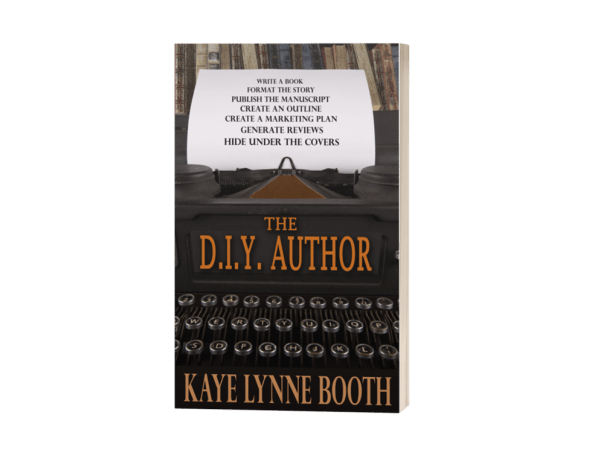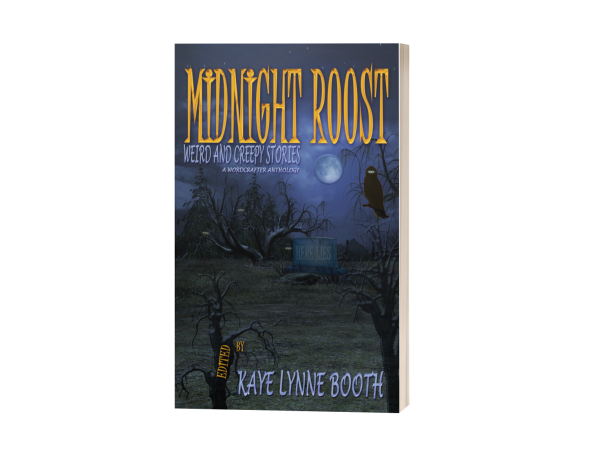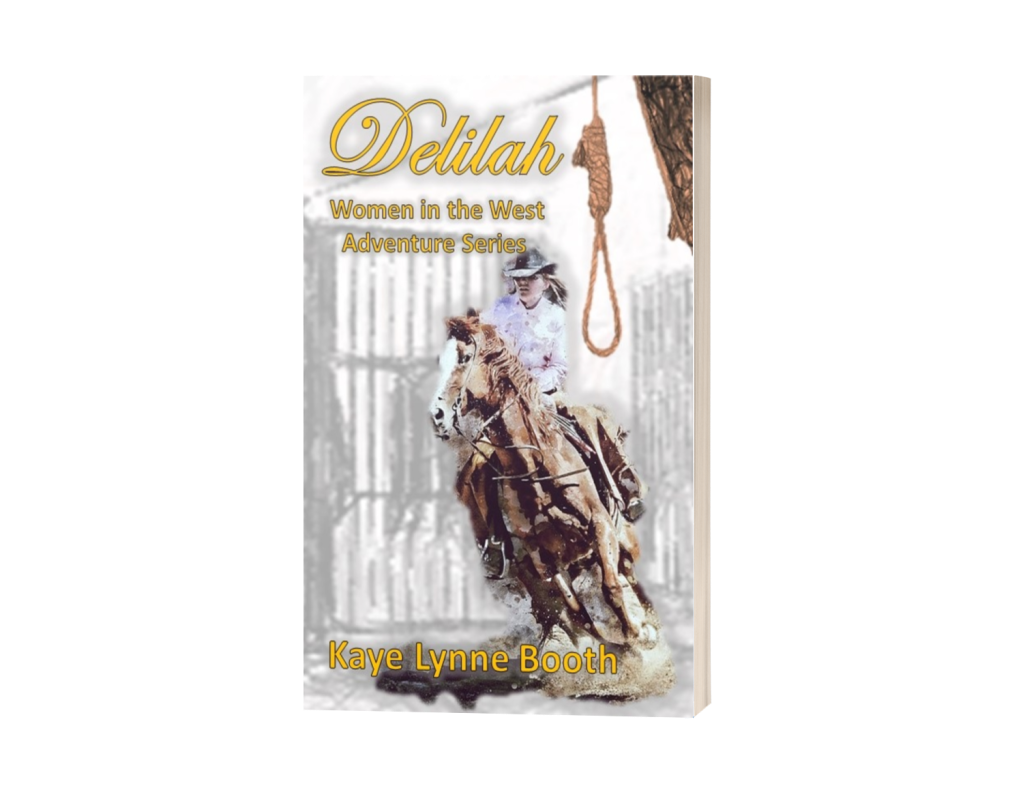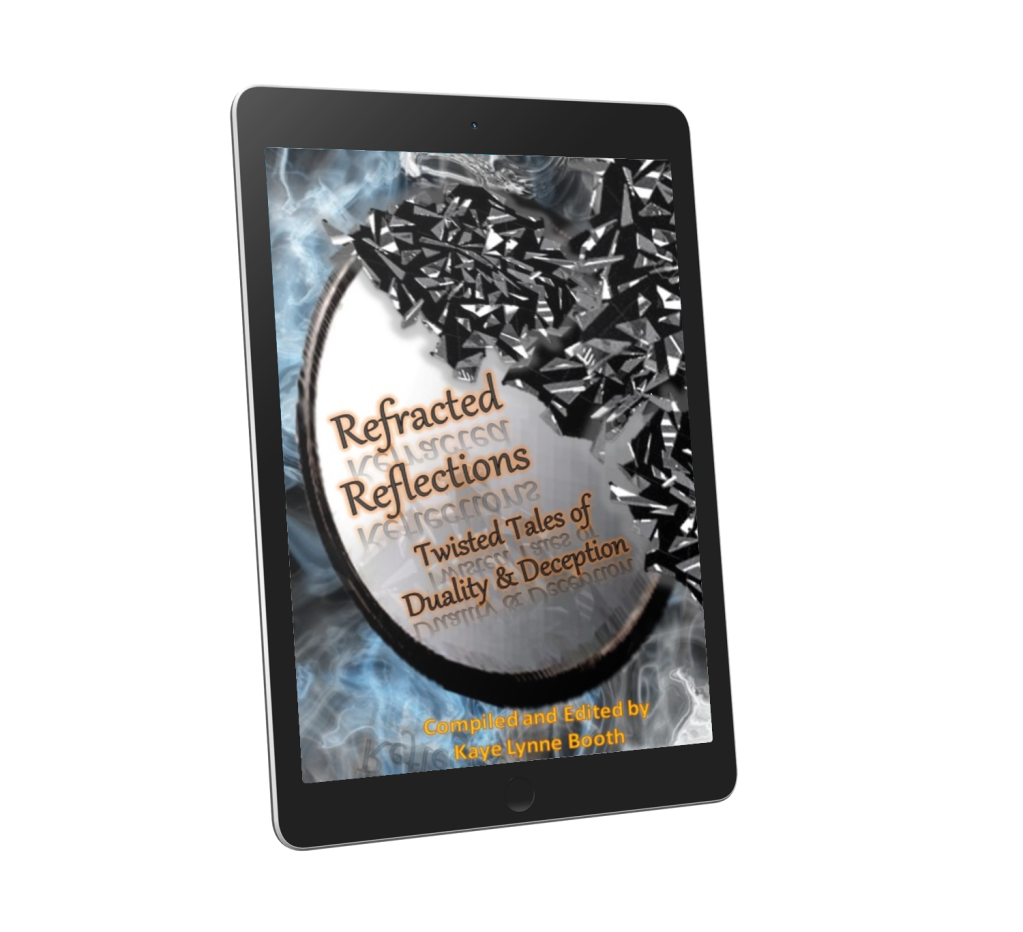How writing is like building a storage shed
Posted: March 24, 2013 Filed under: Fiction, Memoir, Mystery, Writing | Tags: building a shed, Fears, Memoir, Writing 3 Comments My husband asked me to help him build a storage shed and I agreed to the task. How hard could it be, right? Except that I am not a carpenter, and I was committing time away from my writing. Well, that’s not true either. I’m never very far from my writing. I’m always thinking about my writing in my head, even when I’m physically occupied with other tasks. So, although I was out hammering nails, my thoughts kept straying to how building this shed related to the YA mystery I am working on for my Genres II class.
My husband asked me to help him build a storage shed and I agreed to the task. How hard could it be, right? Except that I am not a carpenter, and I was committing time away from my writing. Well, that’s not true either. I’m never very far from my writing. I’m always thinking about my writing in my head, even when I’m physically occupied with other tasks. So, although I was out hammering nails, my thoughts kept straying to how building this shed related to the YA mystery I am working on for my Genres II class.
The good solid twang you hear when you hit the nail head on reminds me of the feeling I get when I find an element the story is missing and added it in, knowing I’ve nailed it, (pun intended). But more often, I don’t get that direct hit, the story elements shooting off pell-mell into the forest, like the nails that I miss, or curling up like the nails that hit knots and won’t be driven forward, and I have to keep going at it from different angles until I am able to drive it home.
The story is sort of along the tradition of the Nancy Drew mysteries, with two young girls, growing up in the 1940’s as the protagonists. The story is three-quarters of the way finished, but I keep second guessing myself on what it is lacking. As I begin to pound nails into a new wall, I notice that I am starting on one side, with the intent to work my way to the other, yet I begin halfway up from the bottom corner. I wonder why I chose to start where I did, and it occurs to me just how many different places there are to begin on this wall, just as there is in my story. There is no hard and fast rule that a story has to start at the beginning, just as there’s no law that says you must start nailing a wall from the top right hand corner. With the wall, where I begin won’t really make a lot of difference in the end, but with my story it might. I toy with the idea of changing the point where I begin the story until I’m abruptly brought back to the here and now by the throbbing in my thumb after I missed the nail and hit it with the hammer. All these thought about writing are very distracting, which isn’t necessarily a good thing.
I’m afraid of heights. It’s a fear I’ve been dealing with for the past thirty years. I believe the official term is acrophobia, from the Greek words that combine “summit”, “edge” or “peak” and the word meaning “fear”. Merriam Webster’s Dictionary defines it as an “abnormal dread of being in a high place”, although I’m not sure I would define it as abnormal. I like to think of it as a healthy fear of potentially dangerous situations. That being said, I am a firm believer in meeting my fears head on and overcoming them. I have forced myself to face this one on many occasions, yet it still keeps rearing its ugly head to challenge me.
When I agreed to help with this project, I knew that at some point I would be required to climb a ladder to help with the roof, but we weren’t to that point yet, so his request that I climb up and slid across the ladder he had positioned across the top, extending from one side of the building to the other to nail in a small board caught me by surprise. I had gone for four solid hours and was tired when I started out this morning, and I couldn’t muster the energy to fight off my fear. Instead something inside my brain just mentally snapped.
“Oh, no. Oh, no,no,no,” I said even as I picked up my hammer and nails and began to climb the ladder with tears streaming down my face.
“What? Just climb up there and pound in a couple of nails. What’s so hard about that?” my husband asked, absorbed in whatever he was working on and not really paying attention to my reaction.
“I’m going,” I said.
There must have been something in my voice that made him look up and take notice. “Are you crying?” he asked. “Really?” He was puzzled by my reaction because I usually just buckle down and do what needs doing in situations like this, without making a big deal of it.
I swung my legs over the vertical ladder and slid my butt across it. “No, I’m fine,” I said, hammering in two nails as quickly as I could. When I turned to slide back the way I had come, my body didn’t move. I was temporarily frozen. I’d had this happen before when I climbed out under a large cement bridge that spanned the Colorado River to get pictures of my party of rafters, so I knew eventually my body would respond to my minds commands to move, once I got control of my fear, but knowing that made the experience no less terrifying for the moment.
“Wait, I’ll get a picture of you up there,” my husband offered.
“No!” I said.
“It’s okay,” he replied. “You look good up there. Just stop crying a minute and look up at the camera.”
Having my picture taken was the last thing I wanted at that moment, but as I was stuck for the moment, there was nothing to do about it. So, I wiped the tears from my face and resolved myself to the fact that I would have a photo to capture the moment. My eyes remained glued to the top of the front wall however, because every time I tried to look down at him with the camera, I felt my fear rise once more.
“Oh, you decided to come down,” he said, as I finally emerged from the opening that would be the door. He had gone about his business, allowing me time to gather my courage and get myself down from above. “I thought maybe you were going to make a nest up there.”
Now, with my feet firmly planted on the ground, his statement made me realize what a great opportunity I had missed because of my dumb fear and it made me angry. There I was, sitting with a bird’s eye view of the forest around me and I hadn’t taken advantage of it. I’d been too scared to even notice.
That’s when I realized that I’ve been doing the same thing with my memoir. Writing the story of my son’s death and my own grief is a difficult task. There are many issues that the memories stir that I’m not sure I’m ready to deal with. I’ve been putting off doing the research for several sections for this very reason, because I didn’t want to rehash the pain that interviewing the people who knew my son would inevitably produce. My instructor at Western State, Barb Chepaitis, has emphasized that eventually I must face these memories in order to portray the story honestly, and I suddenly realized how right she is. By putting off the necessary interviews because I fear the pain they will bring, I’m depriving myself of the full picture, just as I deprived myself of that high altitude view that would have allowed me to see the world a little differently. Eventually, I’m going to have to do them to present an honest portrayal of the story I need to tell, and by putting it off, I risk losing track of the key players. It’s already been four years since my son died. His friends have all gone on with their lives. They aren’t just hanging around waiting to be interviewed by me.
That night, I got on the computer and sent messages to several of the people who knew Mike, asking for their assistance. Already, I’m going to have to track down some that I no longer know how to contact. Once I have this part of the research done, I still won’t have a finished book, any more than pounding in those two nails produced a finished shed, but it will bring me one step closer to having all the material I will need to do the job.
Discover more from Writing to be Read
Subscribe to get the latest posts sent to your email.























A wonderful analogy! Thoughtful and creative.
LikeLike
Kaye, I like your straightforward narrative approach. It’s all just nail by nail. So long as you keep your tools nearby and think about your writing, you ARE writing. As far as the tragedies of the past, they don’t go away. They continue to influence you but you learn to be the master of them rather than their victim.
LikeLike
[…] very little about them. What you will see me writing about are weird, off the wall things like, How Writing is Like Building a Storage Shed, or Getting in Shape for Writing, which combines my own experience, with building or exercise, with […]
LikeLike